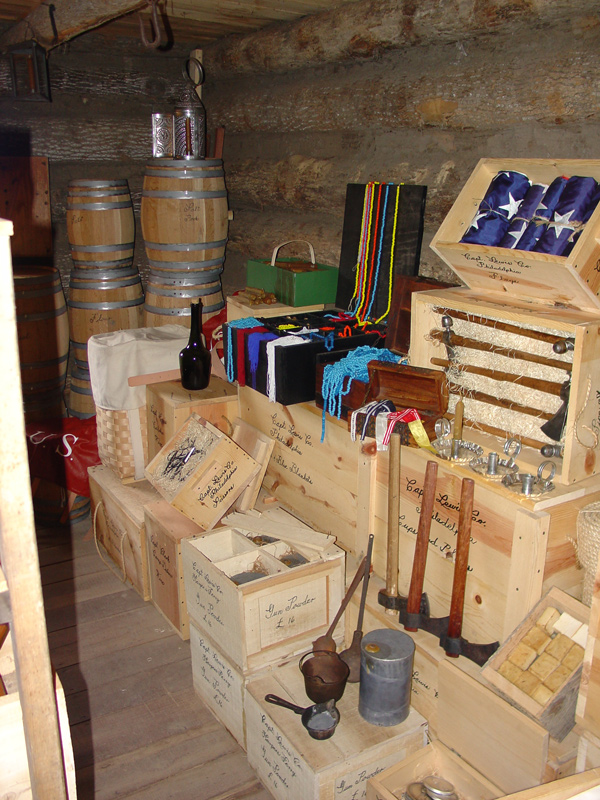Indian Gifts and Expedition Equipage
Photo provided by Lewis & Clark State Historic Site, Hartford, Illinois. Used by permission.
John Hay first came to the attention of Lewis and Clark through a letter from Illinois Governor William Henry Harrison dated 13 November 1803. Harrison mentioned a map owned by Hay from the James Mackay and John Evans Expedition, indicating Hay’s significant involvement in fur trading and exploration. Hay and his partner Todd operated a trading post in the Assiniboine and Red River country, making them well-known figures in the fur trade.
As a fur trader for the Northwest Company and Postmaster of Cahokia, Hay played a crucial role in supporting the captains. He provided Lewis with a copy of the Mackay-Evans Expedition’s journal of their 1795 to 1797 journey up the Missouri River. Additionally, Hay and fellow Cahokian, Nicholas Jarrot, acted as translators when Lewis met the Spanish Governor of Upper Louisiana, Carlos Dehault Delassus, in St. Louis.
Hay’s extensive experience with Native American Nations and the fur trade along the Missouri and Mississippi rivers proved invaluable to the expedition. He offered significant information and advice, particularly in procuring the appropriate types and quantities of gifts for the Native Americans they would encounter. His knowledge ensured that the captains were well-prepared to foster positive relations with the various tribes.
In late April 1803, Hay assisted the captains at Wood River, helping them package the Indian gifts into separate bundles, each designated for a specific Nation they would meet. His involvement was a testament to his expertise and his commitment to the success of the expedition.[1]Gary Moulton, The Definitive Journals of Lewis and Clark (Lincoln and London: University of Nebraska Press, 1986), 2:127n1, 167n2, 225n1; Stephanie Ambrose-Tubbs and Clay S. Jenkinson, The Lewis and … Continue reading
Related Pages
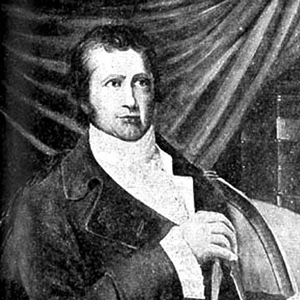

The life and times of these three explorers intertwined in a number of odd and interesting ways, often brought together by far-reaching hand of Thomas Jefferson. Tracing these connections opens a window onto every conceivable aspect of the period.
Jews Harps
by Joseph A. Mussulman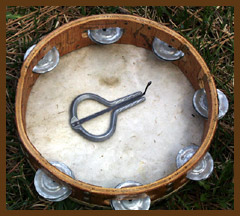

Although nobody can determine how this tiny musical instrument was named, we do know Lewis included them in his list of Indian gifts. Whitehouse records the merriment of the Yankton Sioux playing them and dancing.
November 13, 1803
Leaving Fort Massac
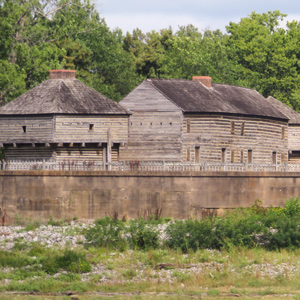

The expedition leaves Fort Massac moving about three miles down the Ohio, and Lewis is “siezed with a violent ague”. The Indiana Territorial Governor pens a letter introducing John Hay of Cahokia.
December 7, 1803
Cahokia arrivals


Lewis travels by land and Clark by river to arrive at Cahokia, Illinois. Lewis meets John Hay and Nicholas Jarrot who help him negotiate with the Spanish Lt. governor of Upper Louisiana.
December 8, 1803
Spanish resistance
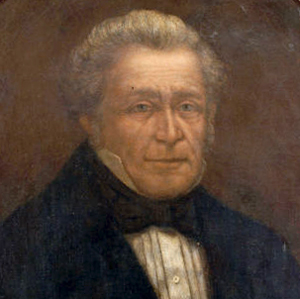

On this or the previous day, Lewis meets with Dehault Delassus, the Spanish Lt. Governor of Upper Louisiana, and all agree that the expedition should spend the winter near Cahokia.
December 28, 1803
Mackay and Evans journals
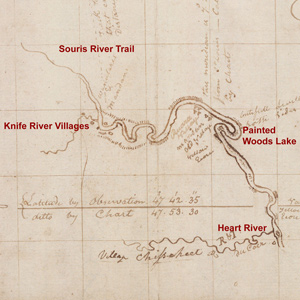

At Wood River, Clark reports “nothing remarkable to day”. Elsewhere, Lewis tells President Jefferson that he has a census of Louisiana and journals and maps from explorers John Evans and James Mackay.
January 30, 1804
Lewis comes to camp


After working in Cahokia and St. Louis for nearly two months, Lewis comes to winter camp on the Wood River. On or near this date, Clark draws and labels a side elevation of the barge.
February 2, 1804
Hays and Hay depart
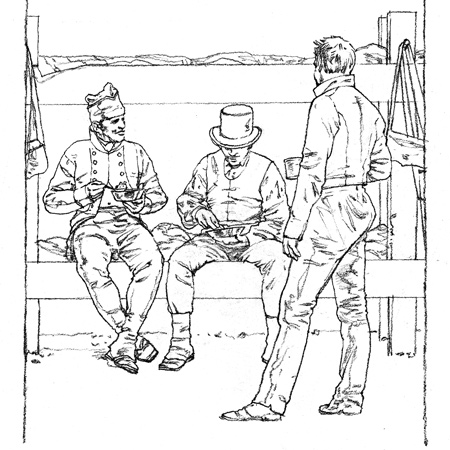

William Clark and Meriwether Lewis accompany John Hay and John Hays part-way back to Cahokia before returning to winter camp at Wood River. Clark’s poor health continues.
April 26, 1804
A killing frost


At winter camp at the River Dubois, fur trader and Cahokia Postmaster John Hay arrives to help prepare the Indian gifts. He reports that frost has killed much of the fruit in the Cahokia area.
April 27, 1804
Preparing Indian goods


At winter camp on the Wood River, William Clark and fur trader John Hay organize the many goods that will be used as diplomatic gifts for the Indians the expedition will meet.
April 28, 1804
Shooting for money


At winter camp on the Wood River, several local settlers lose their money in marksmanship contests with the enlisted men. All hands are otherwise busy packing and Lewis continues in St. Louis.
April 29, 1804
Packing Indian goods


Several Kickapoo chiefs and a boat captain visit Clark at Winter Camp on the Wood River. Fur trader John Hay continues to pack goods, and Lewis continues his work in St. Louis.
April 30, 1804
Indian goods nearly ready


At winter camp, fur trader John Hay and William Clark nearly finish packing the Indian trade goods into bundles—each designated to a specific tribe. Across the Mississippi, Lewis works in St. Louis.
Notes
| ↑1 | Gary Moulton, The Definitive Journals of Lewis and Clark (Lincoln and London: University of Nebraska Press, 1986), 2:127n1, 167n2, 225n1; Stephanie Ambrose-Tubbs and Clay S. Jenkinson, The Lewis and Clark Companion: An Encyclopedic Guide to the Voyage of Discovery (New York: Henry Hold and Company, 2003), 146. |
|---|
Experience the Lewis and Clark Trail
The Lewis and Clark Trail Experience—our sister site at lewisandclark.travel—connects the world to people and places on the Lewis and Clark Trail.
Discover More
- The Lewis and Clark Expedition: Day by Day by Gary E. Moulton (University of Nebraska Press, 2018). The story in prose, 14 May 1804–23 September 1806.
- The Lewis and Clark Journals: An American Epic of Discovery (abridged) by Gary E. Moulton (University of Nebraska Press, 2003). Selected journal excerpts, 14 May 1804–23 September 1806.
- The Lewis and Clark Journals. by Gary E. Moulton (University of Nebraska Press, 1983–2001). The complete story in 13 volumes.
